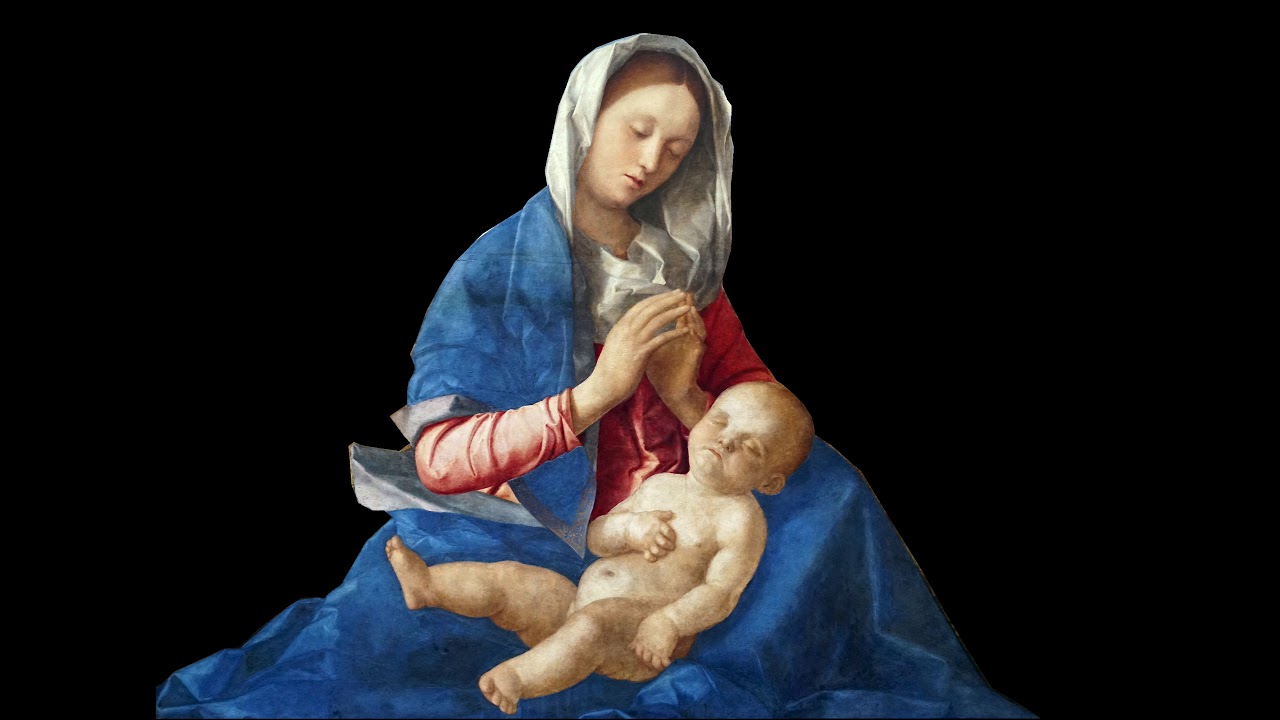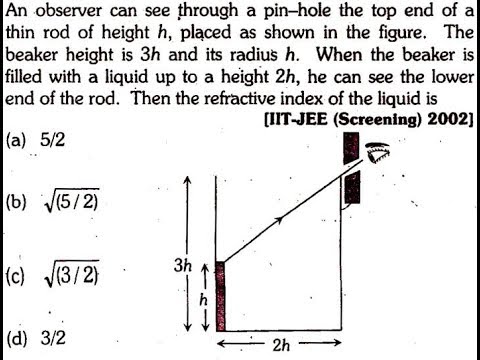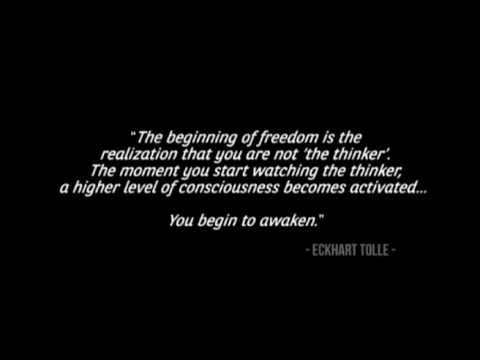Smarthistory
Giovanni Bellini, Madonna of the Meadow, c. 1500, oil and egg on synthetic panel, transferred from wood, 67.3 x 86.4 cm (The National Gallery)
Speakers: Dr. Steven Zucker and Dr. Beth Harris
Source
How to do visual (formal) analysis in art history




Any suggestions on references (books) for further reading?
This video helped me a lot. It teaches me how each element of arts works in a particular art.
Clear and painstaking lesson.
I will try to incorporate more of these elements to the structure of my own analyses, which sometimes lack some of them, are looser as formal structure regards: I focus on content and put these technical issues at its service.
Thank you.
I like how she says "diagonal" 🙂
How does ones brain comprehend all this? Great video btw~
Wow this was so helpful thank you!
absolutely brilliant! Coming from a background in cultural history, I usually find myself more drawn to the context surrounding works of art, rather than technical analysis. this is super helpful for me!
Thank you for the great videos, you two. I have a quick question for you (or anyone in your audience) about differentiating between composition and pictorial space. You discussed the dynamic between the angles in the figures' heads as part of the composition but the orthogonal lines in the field as part of the pictorial space. Both discussions identify geometrical patterns. Is the difference between the two the element of depth? That is, if you were talking about the relationship between Mary and the human figure resting in the background, would you discuss their locations in pictorial space because they exist at varying depths in the world of the painting or would you discuss their arrangement in the composition because they exist at varying places in the scene? Would I be wrong to discuss both in separate discussions, i.e. in regards to separate interpretations? Also, since Mary's eye-line is so much higher than the other figure's eye-lines and she is taller than the horizon, would you say this painting employs the hieratic scale–specifically in a way that exemplifies the presence of a religious figure? I've been fascinated for a long time with Mughal, Ottoman, and Persian miniatures and often find in them both radical manipulations of hieratic scale and repetition of color create what seem like obvious spectrums of holy/important figures–perhaps not unlike this Bellini painting.
This was incredibly helpful! Thank you!
Thanks so much for this video, as a student in the history of arts, (in France, but it doesn't matter) it is very helpful !
Do you have one that explains how to analyse the first points that are mentioned at the begining ? I have searched on the channel but did not find one.
Okay is it just me or does the guy sound like Mr Jefferson from Life is strange
????
So far in my first year in post-secondary I've written two historical essays, and through no prior association, I happened to watch a video of yours for each, both of which put me on the right track. Great job guys, and thank you.
Hi! I would really like to know a bit more about pattern and why it clashes with the three dimensionality of the painting.
Fantastic introduction to visual analysis! So concise and well done, and just over 9 minutes!
This channel is a gift to humanity. It aint snobby or pseudo-intellectual-ish, instead the videos have passion and knowledge and respect for the audience and the artform which some channels dont have. Thank you for this.
What if the artist was still alive was like “hell, I just painted it. Wasn’t even thinking about all that.”
This is my fifth year on Academy of Arts, unfortunately I had only one professor who could describe paintings and artwork as these two art historians can. You are rare people, I appreciate every one of your videos, thank you for the knowledge you provide.
Nicely done, Drs. Zucker and Harris! Recommended!
What does that crow on the tree symbolize?
Thank you…
What’s the name of the intro song
This was way too complicated for my very simple mind. Like me: painting. Nice.
You guys: Look at that cloud, it’s lighter and has less detail. Look at how the buildings are rectangular. Look at the leaves. Look at the line of her shoulder, hand and the babies body. Her weird hand pose. The corner of the squared—
If this isn’t talent idk what is
Super helpful for my art composition class, thanks! 🙂
The contrast between almost every edge of her blue garment and what is next to it looks artifical. Look at 8:41. The blue triangle versus the red sleeve.
Watching this for a history class and I am surprised at how much people look into art (O_o) I just look at the painting and decide whether its pretty or not (OwO)
I was skeptical when the presenters dismissed history and iconography. But the analysis of the composition was incredible. Thank you.
these guys are nerding tf out. So much info
All the things they're not concerned about are the ones that interested me the most…
What if Jesus’ niggas made a ur mom joke? Lil nigga finna get smote.
Wassup my BC niggas watch this at 2.0 speed for BS Experience Fuuhck
19 blind people disliked this
subscribed….Thank you
Now we only need a video on how to analyze abstract art 🙂
This would help me alot with my exam! Thank you guys so much!
………….. thank u
this is such a great video!!!
This is just a perfect video on how to appreciate art. Really this is amazing. Are there any vids following this model done by yourselves which is stripped of all biographical and historical background? Anyway, many thanks and keep up your great job
OMG awesome channel! Thank you!
The baby looks like he's about to fall from her lap. She isn't touching or interacting with him, which is odd.
hello to anyone watching this for dr flanigan's medieval art course
Glad that I can have this video before my exam!
This was super helpful 🙂 thanks!
Thank you. ❤️
So in depth. Incredible.
more videos like this!!!!